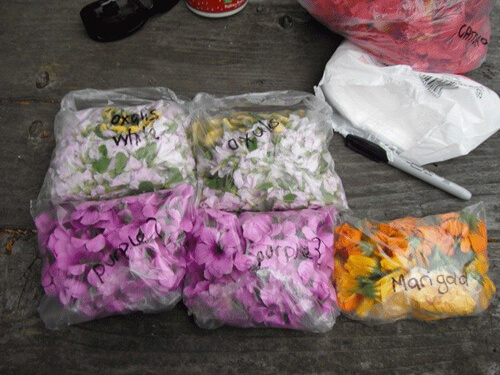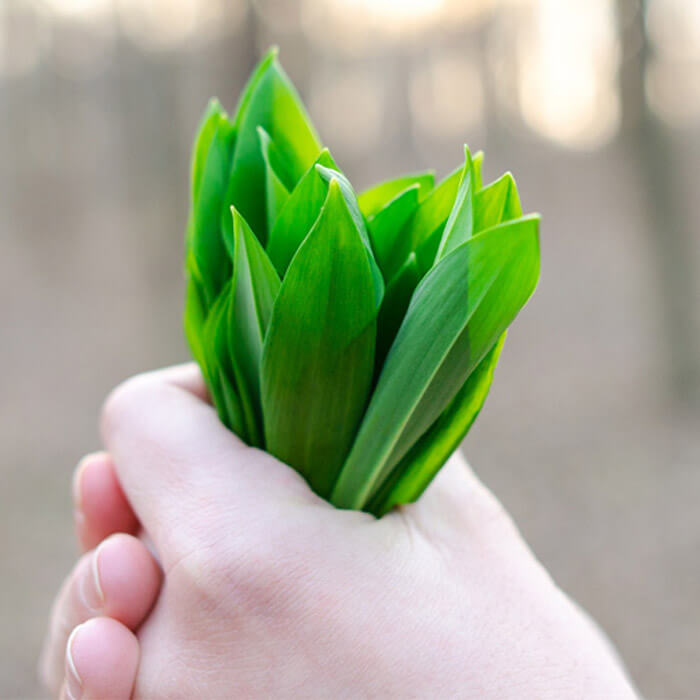Since time immemorial, Ayurveda used only herbs like haddra, rakta, kumkuma for their skin protection and to keep it healthy. Scientifically, the herbal molecules act with the melanocyte cells present in the skin and control its functions.
Its added other features are blocking the UV rays from penetrating deep into the skin. When the cotton cloths fabricated with herbs imparts anti-bacterial, anti-inflammatory, anti-oxidant properties into the body.
How Do We Dye our Yarns?
Generally, throughout the process, only fabric and yarns used are certified organic cotton, natural cotton, silk, wool, linen, hemp, etc. Grey cloth is used throughout the entire process after which it is turned into a colored one.
Plants have a certain quantity of dye along with other water-insoluble fibers, carbohydrates, protein, chlorophyll, etc. However extraction, a crucial step depends on the nature and solubility characteristics of the coloring material. The various extraction methods are aqueous, alkali, microwave, enzymatic, super-critical fluid extraction methods, etc.
Colored dyes like:
- Red dyes from Madder
- Yellow colored dyes from Turmeric, saffron
- Brown colored dyes from Oak galls and catechu plants
- Cochineal dyes are extracted from insect Dactylopius coccus
- Coloured pigment producing bacterias are bacillus, flavobacterium from microbial origin

Dyeing involves the usage of natural dyes from plant sources- roots, berries, bark, leaves, and wood. Example: Turmeric, an ideal dye that can be substituted for those who have fabric skin allergies.
It undergoes the below steps for the dyeing process to get completed:
- The organic cotton yarn is dyed in a mixture of herbal dyes depending upon the disease or ailment being treated.
- Medicinally rich formulations like plants, oil, and minerals like castor oil, sea salt are used for dyeing the fabric.
- The temperature, the duration, and the number of the dye soaks, the herbs blend, and the equipment used are monitored.
- Herbs are applied directly to the fabric with the help of natural ingredients, thus keeps the medicinal value intact.
- All kinds of fabric shades like red, yellow, brown, orange and green, etc can be prepared.
- The medicated cloth is allowed to cool, washed twice and shade dried.

